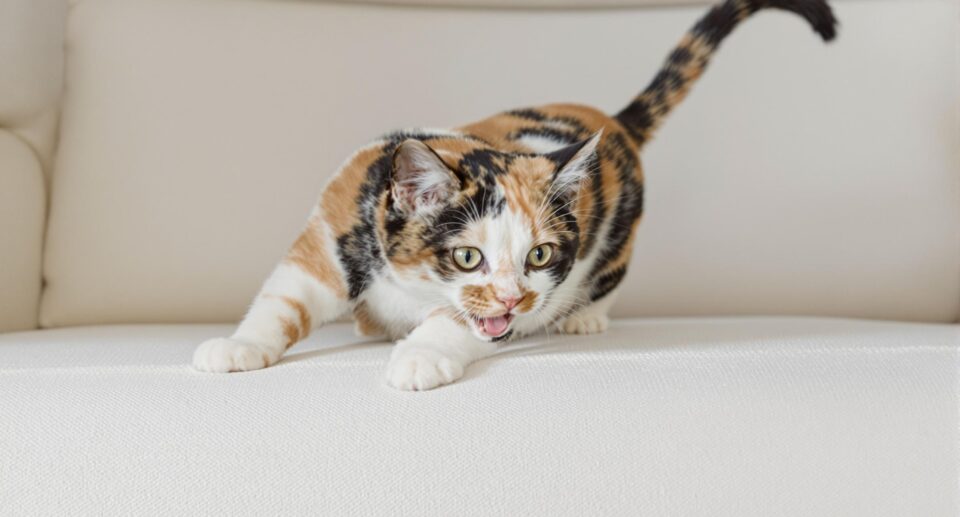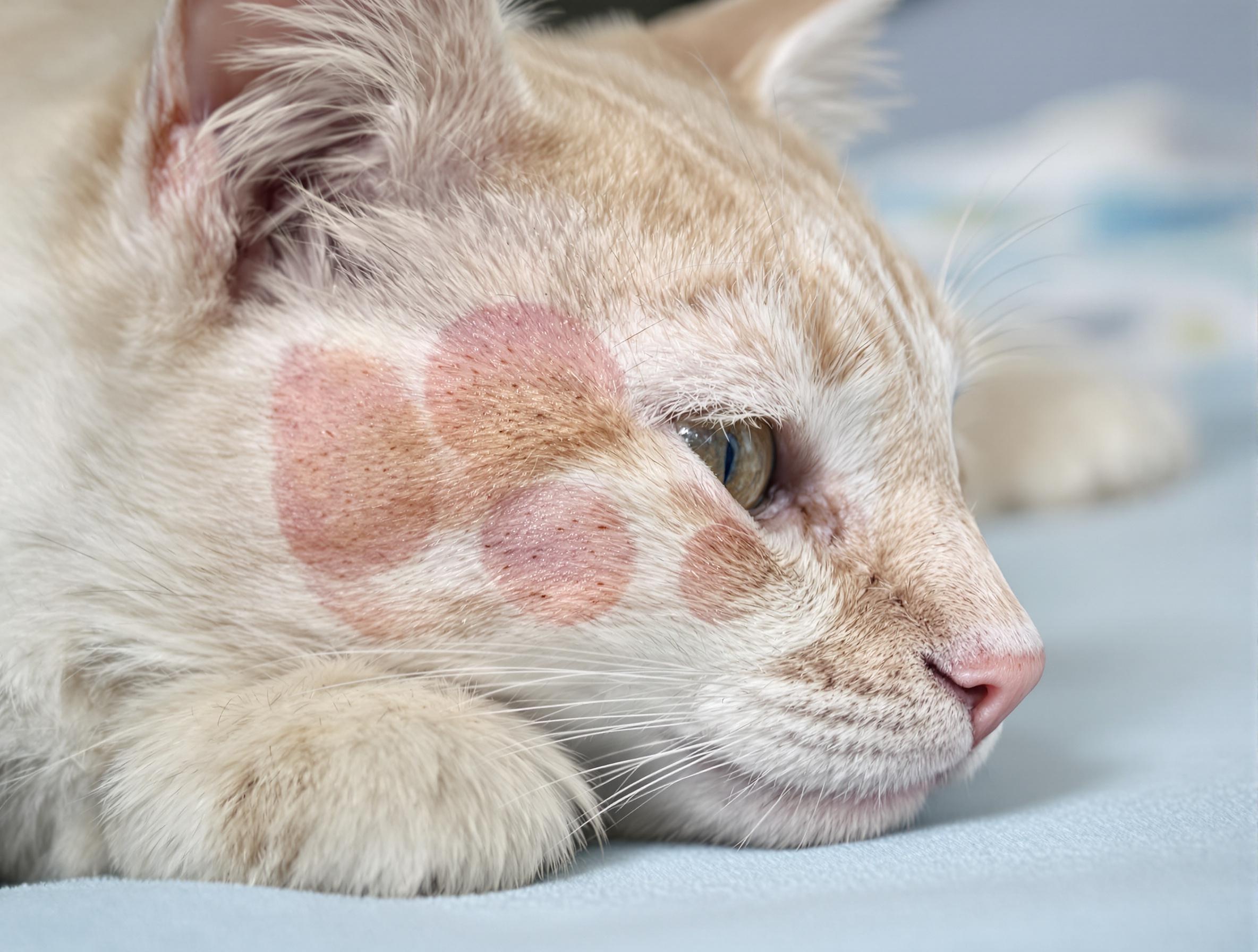Flea Eggs in Your Home? Here’s How to Spot and Remove Them
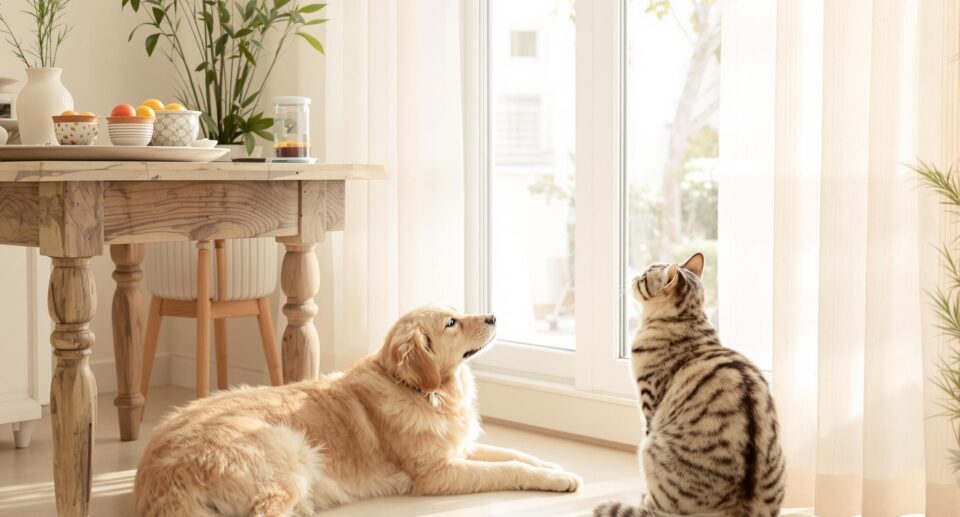
There’s only one thing worse than fleas: flea eggs. While adult fleas may be a sign of an active infestation, flea eggs are a sign of one to come. Because they easily settle into soft surfaces in the home, flea eggs can hide unnoticed for weeks at a time. But when the fleas inside hatch, they can wreak havoc on your home. Just like you keep an eye out for living fleas and other pests, like ticks, you should be on the watch for signs of flea eggs.
As a pet owner, you can stop the cycle early by eliminating flea eggs and preventing them from hatching and continuing to spread. Below, we break down what you need to know to identify flea eggs in your home. We’ll also cover how to get rid of flea eggs and what you can do to keep them from coming back.
What do flea eggs look like?
Flea eggs are infamously difficult to spot. At just 0.5mm – about the same size as a grain of salt – these tiny, oval-shaped eggs easily elude the naked eye. They’re also white or even translucent in color, making them even harder to see. Since they’re so small, flea eggs are also easy to mistake for other particles, like dandruff or dust.
So, if you’re having a hard time telling if your pet has fleas, you’re certainly not alone. It may take some extra effort to identify flea eggs before they enter your home and become a full-blown infestation.
Flea eggs vs. dandruff
Many pet owners see flea eggs and mistake them for dandruff, which causes white or yellowish flakes to shed from the skin.
Dandruff is the result of an overgrowth of fungus on the skin, not a flea infection. As a result, its flakes are often stickier and more likely to cling to fur than flea eggs are – flea eggs usually fall easily off of surfaces and fur, which is one way you can differentiate them from other particles.
Another thing to watch out for is flea dirt, which is made up of dried flea feces and blood. From a distance, flea dirt can resemble flea eggs. But once again, flea dirt has some key traits that distinguish it from eggs.
For one thing, it’s usually dark brown in appearance and may turn red when exposed to water due to the digested blood found within. Flea eggs, on the other hand, will remain white even when wet.
Where ae flea eggs commonly found in the home?
If you find that fleas keep coming back to bother your pet, it may be because flea eggs have entered your home. Even if you haven’t dealt with an infestation before, flea eggs can easily hitch a ride on your pet’s fur and make their way inside your abode.
Inside the average home, there are plenty of prime hiding places for flea eggs to settle into while they mature. Here are a few of the main culprits:
- Flea eggs on carpet and rugs: Flea eggs can easily fall off pets and become embedded in your carpet fibers, where they can rest undisturbed for weeks at a time.
- Eggs on pet bedding and soft furniture: Blankets, cushions, pet beds, and other soft surfaces are prime locations for flea eggs to fall off and go unnoticed.
- Flea eggs in cracks in hardwood floors and baseboards: Teeny tiny flea eggs can effortlessly settle into cracks and crevices in your flooring.
- Eggs in curtains and upholstery: Fabric surfaces like curtains or upholstered furniture can also harbor eggs, especially if pets commonly rest there.
So, when it’s time to target fleas in your home, you’ll want to make sure you thoroughly address each of the areas above.

Photo by StockSnap from Pixabay
The flea cycle and why eggs matter
Why is it so important to be on flea egg patrol in the first place? After all, aren’t fleas at their most bothersome when they’re biting adults? To prevent an infestation of fully grown fleas, you’ll need to start all the way at the beginning of the flea life cycle. Let’s take a look:
- Egg stage: During this first stage, adult fleas lay their eggs on pets; however, those eggs can and often quickly fall off and spread into the home environment.
- Larvae stage: After hatching, flea larvae feed on organic debris and flea dirt as they grow stronger.
- Pupa stage: The larvae eventually form cocoons and can remain dormant for weeks or even months. You may still be unaware you have a flea problem at this point.
- Adult stage: Finally, adult fleas emerge from their cocoons and seek a host to feed on, restarting the cycle.
The egg stage is the best time to intervene because it prevents fleas from ever wreaking havoc on your home in the first place. Breaking the lifecycle at the egg stage is crucial for long-term pest control – it’s also much easier than dealing with adult flea populations.
How to get rid of flea eggs in your home
So, you’ve spotted what you think could be a flea egg – now what? Whether you’re dealing with a few eggs or a whole bunch, here are the steps you should take to protect your home and your pets.
Vacuuming
Use a high-powered vacuum with a HEPA filter to remove all flea eggs from carpets, rugs, and any furniture in your home. Be sure to pay special attention to pet-frequented areas! Once you’re finished, empty the vacuum outside immediately to prevent any eggs from making their way back indoors.
Washing pet bedding and linens
Gather up all pet bedding, blankets, and soft fabrics and wash them thoroughly in hot water (140℉ or higher) to kill flea eggs. Dry your fabrics on high heat for at least 30 minutes to ensure you finish the job.
Steam cleaning carpets and upholstery
Banish any flea eggs from upholstery and fabrics in your home by using high-temperature steam, which effectively kills eggs. This step is best for persistent infestations or more severe cases of flea eggs.
Using flea sprays and home treatments
Look for vet-approved flea sprays and other home treatments that can target flea eggs and larvae to keep them out of your home. Apply these treatments to carpets, furniture, pet bedding, and anywhere else in your home that could use some extra protection.
Not sure where to get started? Try one of these recommended examples.
Example #1: Knockout Area Treatment
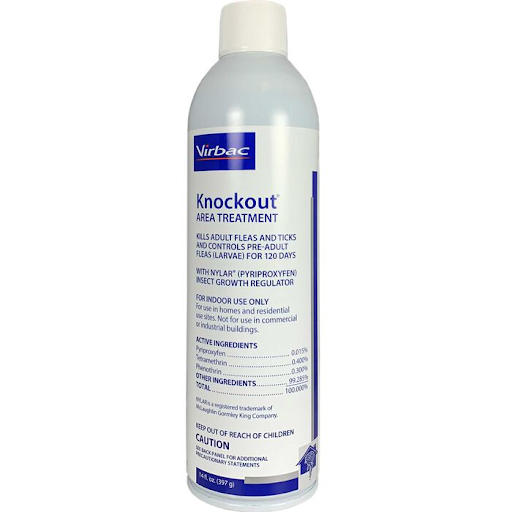
This area treatment from Knockout kills adult fleas and, as a bonus, adult ticks. It also helps control pre-adult fleas (larvae) with a unique combination of ingredients that can kill fleas before they grow up to bite. It’s designed to reach fleas hidden in hard-to-reach spots like drapes, floor cracks, carpet, and upholstery. Plus, you can get up to 120 days of protection with just one treatment!
Example #2: Absorbine UltraShield EX Insecticide & Repellent
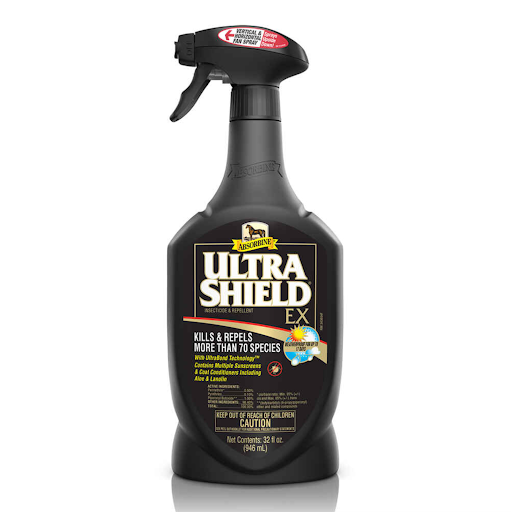
For something a little more comprehensive, try an insecticide like this one from Absorbine. It can kill and repel over 70 species of pests, including fleas, and works as a premise spray for up to 17 days.
Example #3: Advantage Household Spot & Crevice Spray
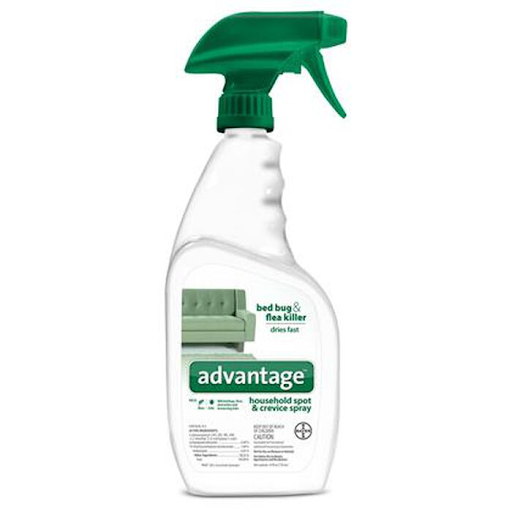
Bring the flea control indoors with a pet-safe spray like this one from Advantage. It’s specially formulated to get deep down into the crevices and cracks in your home to kill any dangerous pests that may be hiding there. Say goodbye to fleas, ticks, bed bugs, and a host of other household pests!
Diatomaceous earth (Natural option)
If you’d like a completely natural approach to flea prevention, diatomaceous earth is a great option. It absorbs oils and fats from a flea’s exoskeleton, essentially drying them out and killing them.
Sprinkle food-grade diatomaceous earth on carpets and let it sit for about 24 to 48 hours before vacuuming. Diatomaceous earth is safe for pets, but it should still be used with caution to avoid inhalation.
How to prevent flea eggs from returning
Once you’ve said goodbye to flea eggs for good, your next step should be ensuring that they can never return. Here are a few basic tips to keep in mind to prevent flea eggs from coming back:
- Use year-round flea preventatives for pets. Don’t wait until you see signs of a flea infestation before taking action. Keep your pet protected all year with flea and tick preventatives that prevent pests from latching on or hitching a ride into your home.
- Adopt a regular home cleaning routine. Make frequent vacuuming a part of your lifestyle, paying special attention to prime hiding spots like underneath furniture and cracks or crevices.
- Keep up with yard maintenance. Keep your grass trimmed low and remove any organic debris in your yard to eliminate spaces where fleas can thrive. You might also want to consider using safe yard treatments like those above that can help you reduce flea populations outdoors.
Final thoughts
Fleas are irritating little bugs. They cause itching, can spread disease, and are notoriously difficult to spot and get rid of. Prevention is the best medicine when it comes to fleas, and there’s no better way to prevent an infestation than by crushing it at the source: flea eggs.
Keep up with ongoing flea control measures both for your pet and your home to minimize your risk of ever encountering these pesky pests. If you do spot flea eggs, take action quickly to prevent them from spreading any further. If you think your pet may be infected, be sure to consult your veterinarian to find out what steps to take next.
And there you have it – you now have the knowledge and tools you need to keep your home and your furry friends flea-free!



